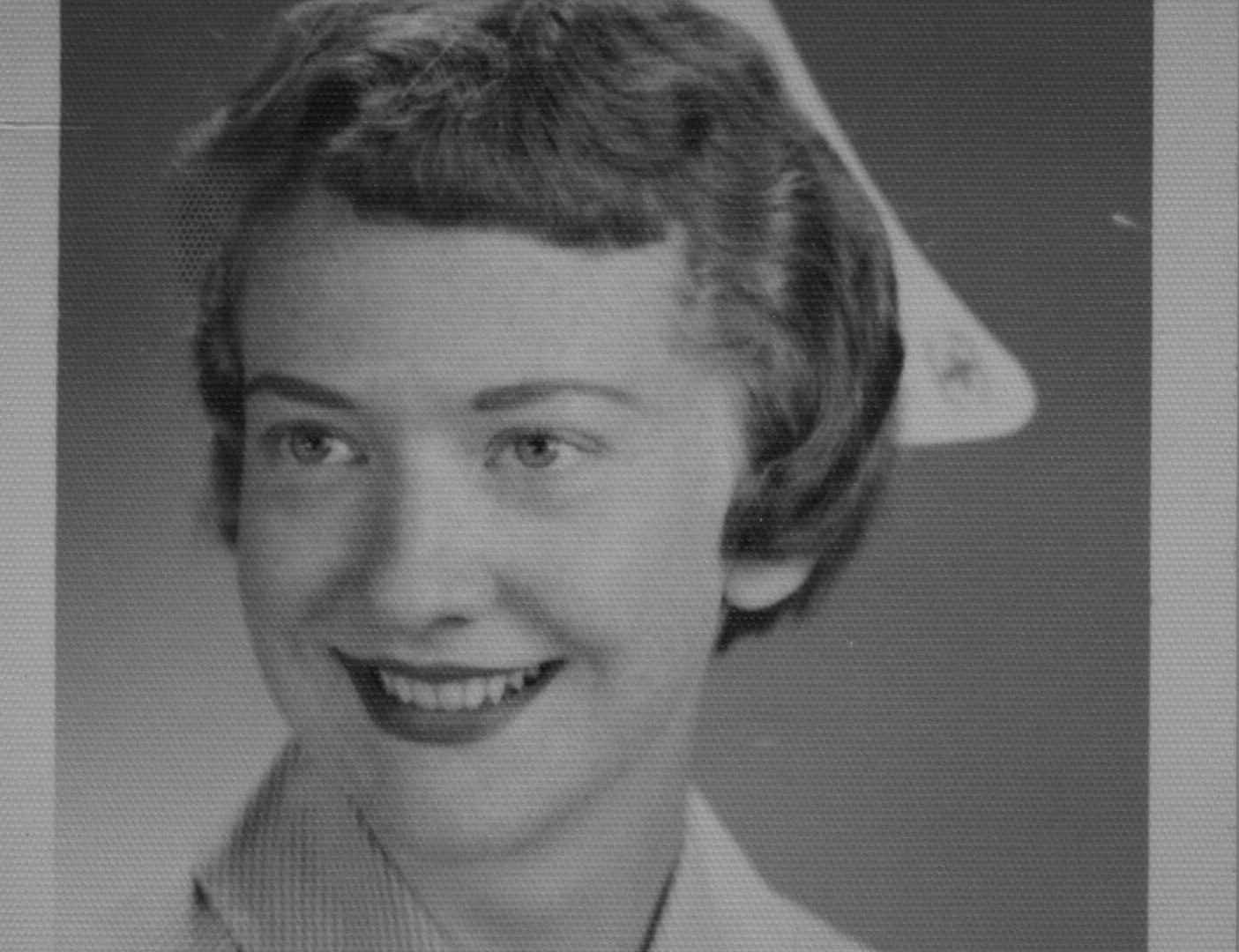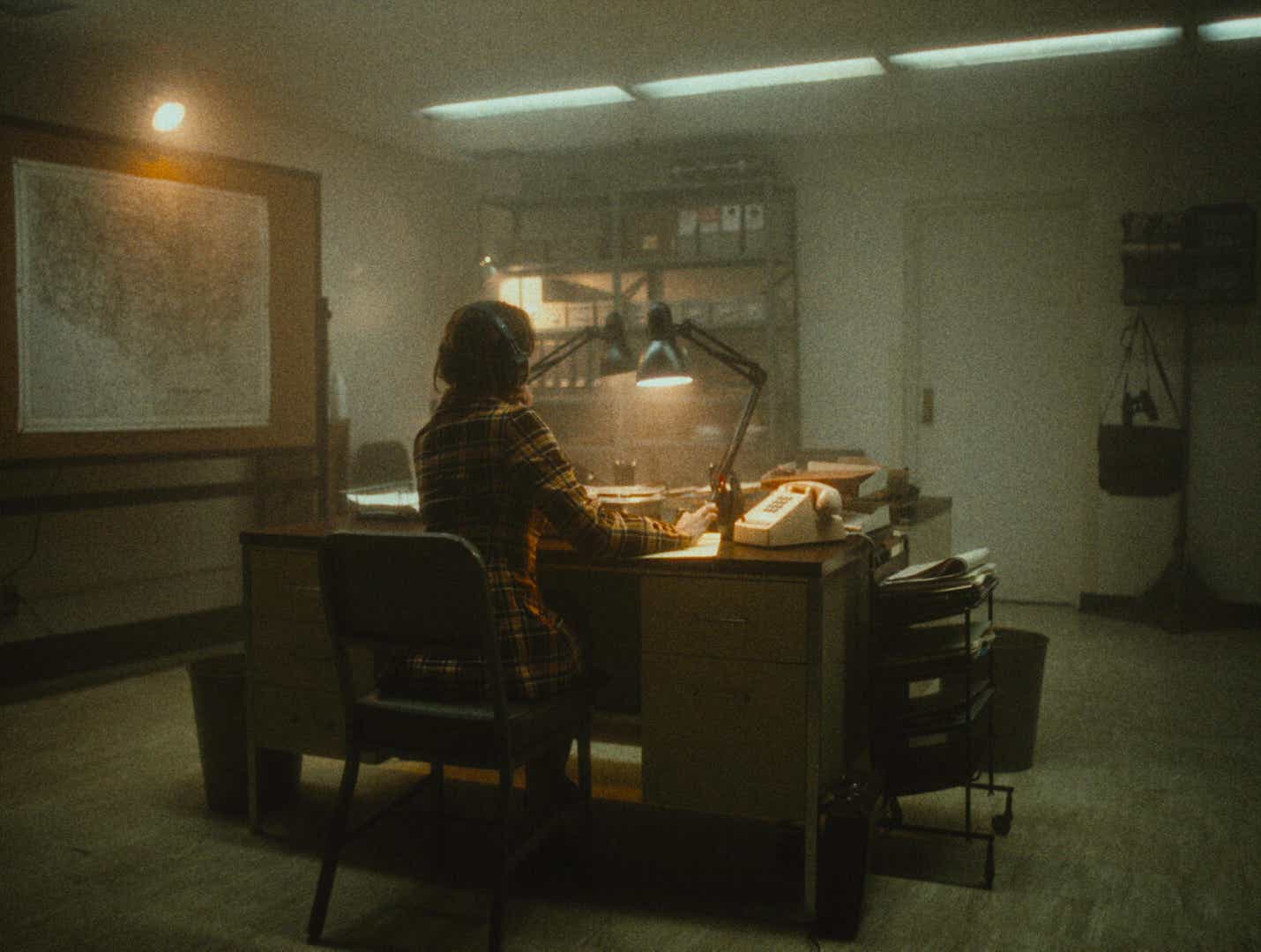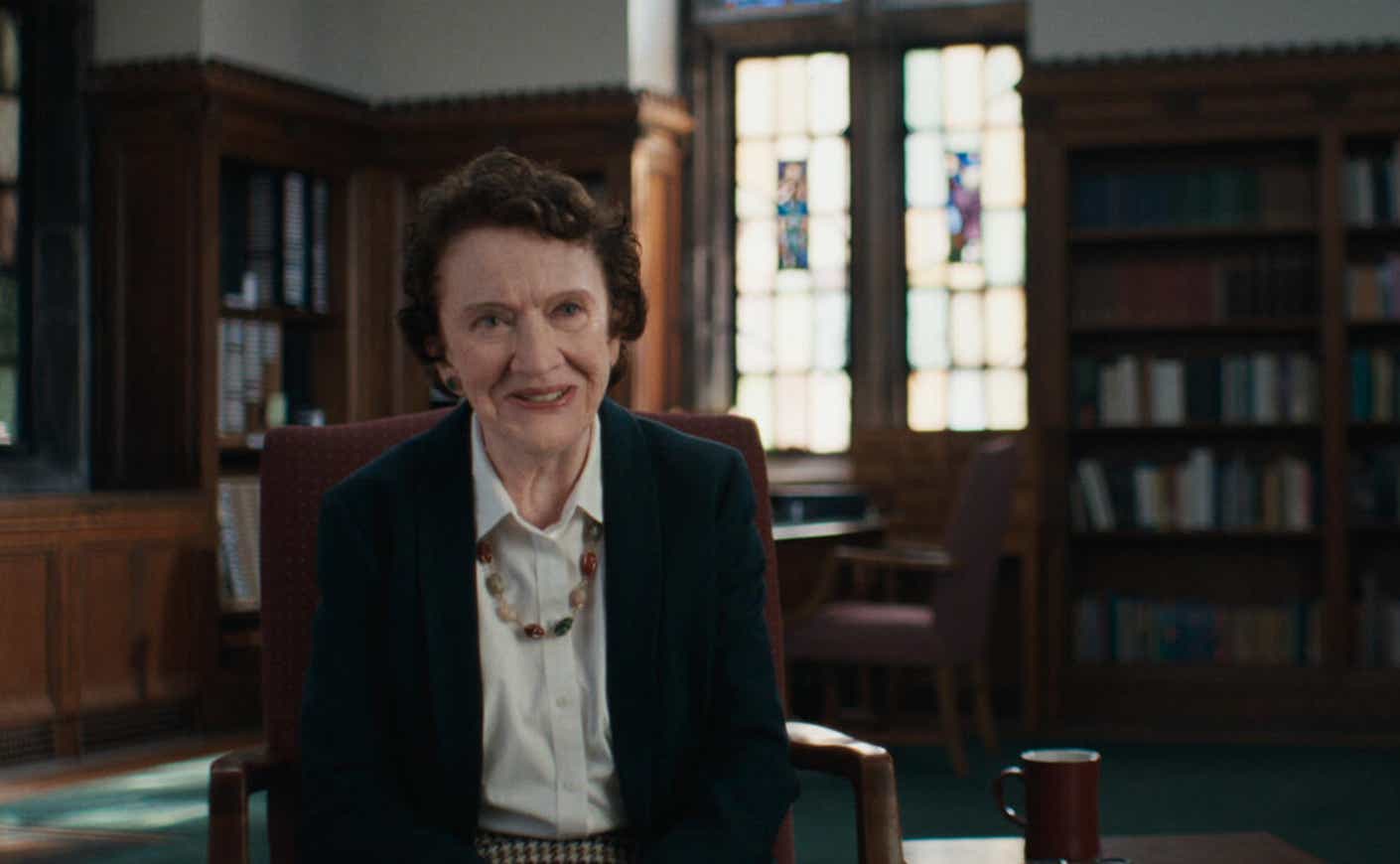“White male, 25 to 34 years old, intelligent, charming and charismatic, interested in police work.”
If you’re a fan of crime shows like Mindhunter and Criminal Minds, this type of phrase is a familiar refrain, as it indicates a pivotal moment — when a detective character zeroes in on their suspect. And even if you're not a fan of that genre, you're probably familiar with criminal profiling, the act of identifying a series of traits or characteristics used to catch serial killers. You may even know about renowned real-life FBI profilers John E. Douglas and Robert Ressler, who interviewed 36 serial killers in the late 70s to learn about their backgrounds and motives. But what you probably don’t know is the person you have to thank for this very real work, which has caught some of the most dangerous serial killers. Meet Ann Burgess.
Dr. Burgess (DNSc, APRN, BC, FAAN) began her trailblazing career as a nurse in the 50s and later became a psychiatric nurse and professor, working with victims of sexual assault at a time when people didn’t even believe rape was a crime.
Dr. Burgess and her colleague Lynda Lytle Holmstrom made waves early on, interviewing more than 100 victims of sexual trauma and figuring out that sexual violence is more about control than sex — a truly novel revelation back then. Her groundbreaking work with victims of sexual abuse and trauma caught the attention of the FBI, which had recently begun investigating serial offenders, including rapists and murderers. (Remember: These days, you’d be hard-pressed to find someone who’s unfamiliar with the concept of serial killers, but in the 1970s, this was a type of crime that law enforcement was newly identifying and contending with.)

Dr. Burgess developed the methodology that FBI agents (like Douglas and Ressler, who inspired the agents in Mindhunter) used to interview, study, and profile serial killers — and even apprehend perpetrators before they could offend again. She's been called a “pathfinder,” and has largely been an unsung hero — until now. Her story is finally getting the attention it deserves, thanks to the new docuseries, Mastermind: To Think Like a Killer, out on Hulu July 11. But her career isn't finished: These days, you can find Dr. Burgess teaching at Boston College’s Connell School of Nursing and serving as an expert witness for cases involving sexual violence. We spoke to her about why it’s taken so long for her story to be told, what it was like testifying as an expert witness in high-profile trials, and more.
Katie Couric Media: What made you agree to do this documentary?
Dr. Ann Burgess: [My co-author Steve Constantine and I] wrote A Killer By Design, and I thought that was it. So when there was talk about whether a docuseries could be made, I was intrigued, because it would move to a different audience and a different medium. I was really pleased that more people would be able to see what we had learned in our work with serial killer study and profiling.
I think a lot of people who follow true crime know about profiling, and have heard of John Douglas and Robert Ressler. But I was surprised that I didn't hear your name come up until this documentary. What are your feelings about that?
The agents were the ones who got all the press; they were the ones who would tell the stories. People weren't as interested in the methodology and the data. And I think that's what this docuseries does — it shows that we did try a scientific method to make profiling credible. We looked at 36 [serial killers] and I wanted to bring [attention to] the stories of their victims — nobody was even talking about them. Nowadays, more of the media coverage mentions the families of the victims, and that's the way it should be. One of the agents said it was about time that the work we did is finally getting out.

I’m curious why, in your opinion, we saw this spike in serial killings in the 70s and 80s, and we don't hear about as many serial killers now.
We did have this spike, and the FBI got on it. The women's movement had really pushed them to do something about it. But through the decades, we did see a decrease. We certainly do still see some serial killers, and we have some ongoing right now, but we've seen a shift over to mass shooters. I think mass shootings are a little bit more frightening [than serial killers] because everybody can be a potential victim — if you're in a crowd, at a movie theater, or at a store — and the amount that is going on is really staggering. So I'm glad that we're paying attention to it.
What do you make of the cultural fascination with serial killers?
It could be because people want to be able to protect themselves [and are wondering] what they can learn. Then there’s the armchair detective work, where you hear of a case that isn't solved — people begin to talk about it, and [you watch] other shows to get more information. I think it’s good that we're trying to educate people; that's my purpose as an academic. But can we make people safer? Are there techniques that we can warn them about? Could we be preventative earlier? We’ve had serial killer cases where the parents knew something was wrong [with their child] and tried to get help, but they didn't know how to. Clinicians didn't know how to treat young boys who were doing some things that really were frightening to the parents. That's where it takes a lot of different people in different professions to try to bring their expertise to bear on the subject.
You’ve appeared as an expert witness in a lot of high-profile cases, including the trial of Erik and Lyle Menendez. How do you feel about the growing movement to get them out of prison?
[I teach at Boston College School of Nursing] and I was approached by students from a different university in the Boston area who said they were feeling very differently about the Menendez brothers’ case and they wondered why it was handled the way it was. [The thinking of that time] was, “Boys can't be upset over anything sexual.” The whole issue of male-to-male, father-to-son abuse wasn't well discussed then. The family members knew something was going on, and they just couldn't admit it or couldn't deal with it. But within the last couple of years, even more information [about José’s abuse] has come out.
Young people today have a very different take; there's been a shift in thinking. We'll have to wait and see if there's any further movement in that case, but people are beginning to see how that case was handled was very different [than it would be today].
You also worked with one of Bill Cosby's victims. What was it like to witness the Me Too movement when, at the beginning of your career, people didn't even think rape was a crime?
The thinking was that people should be able to get over [rape] — it was not seen as traumatic. And certainly it took a lot of courage for Andrea [Constand], who was the first victim of Bill Cosby, to get through that. She tells her story quite well in the documentary, about how important it was for her to be believed. People didn't believe her. How could you think badly of America’s Dad? So that's how far back this all goes.
Can you talk about how you’ve begun using artificial intelligence in your work?
My granddaughter and I are working together to examine the manifestos of mass shooters and see what we can learn. Machine learning allows you to analyze manifestos quickly — we've already analyzed 23, but now we have to interpret the analyses. We're building a database so that when we get a case, we can compare it against 23 others to see the similarities and differences.
A.I. is here. It’s something we should use to our advantage and not be scared of — at least for analyzing data.









